As the market leader and incumbent of the German telecommunication sector, Deutsche Telekom faces a continuous need for change due to a rapidly changing market environment. Here, we would like to introduce you to a bottom-up approach, which was invented from within the company by just a few people. This group of voluntary ambassadors are the so-called Customer Experience (CX) Navigators, who act as coaches and spend part of their regular work time supporting other projects. The approach is easy yet compelling: “Don’t talk about cultural change – do it, and use the chances you get.” In the following story, you will be introduced to some protagonists who tell the story of the transformational journey from their perspective.
THE BIRTH
“I have often been asked where the idea was born to start the CX community. This is difficult to answer, because it was born out of an iterative process of trying, failing, and then trying it again in a different way,” says Maik, one of the founders of the community.
“However, yet another strategy programme was the trigger to start something different. Not because the idea was born in this programme, but because nobody took accountability for the good ideas in that programme. It felt like designing a car and leaving out the engine,” he explained.
“One idea was a diamond in the rough: ‘We need people in our company who constantly challenge the status quo in terms of customer experience!’. At this time there was no budget allocated for this topic. But somehow we (a colleague and myself) were confident that we could make a change if we just started to do something. We tried to convince managers that it would be a great idea to establish CX ambassadors in each department. Not only to spread the word but also to use them as neutral coaches for a customer-centric approach, by spending 30% of their time on projects outside of their own area of work.”
TAKE THE CHANCES YOU WILL GET
“Starting with just four people at the beginning, roughly trained (self-developed, and with no budget), and with a method called Customer Experience Blueprint (CEB; a combination of Customer Journey Mapping and Service Blueprinting), the community was born,” says Maik. “It may not be highly sophisticated in terms of methodology, but everything we did was better than doing nothing,” remembers Maik. “At this stage we had the chance to learn a lot and make mistakes without being afraid of the consequences.”
“We came across Design Thinking by chance, when we met the guys from This is Service Design Thinking. They introduced us to the Design Thinking process. Although we had no clue about it, we instantly saw the potential for our work and our initiative. No need to mention that we again needed to tread an unusual path to get some budget for training. This time we luckily found partners, like the Creation Center (the utmost experts for Design Thinking within Telekom Laboratories) and SHAREGROUND (a change incubator within Deutsche Telekom Group’s HR department), who trained the first wave of CX Navigators in Design Thinking.
“We were finally able to prove that the way we worked could be successful, and roughly 10 months after we started, the CX Navigator community grew up and received a formal assignment from the board of management,” says Maik. “However, there are still many challenges ahead.”
SELF-RESPONSIBILITY AND MEANINGFUL WORK DRIVES MOTIVATION
But what motivates the CX Navigators to join the community? For Annabel, that motivation is: “the chance to develop myself in terms of methodology and personal experience while constantly mastering new challenges - in both my work and personal life.”
“We are co-designers of the community”, she says, “it’s like raising a child: We all have responsibility to refine the community work as we think it’s necessary. The job of doing customer experience feels like I’m finally there; we all feel that we do the right thing for the company. And after completing CX Boot Camp, I felt like I needed to go on immediately to not let the euphoric feeling pass away. Luckily a more experienced navigator took me into a project that had just started and I could actually learn on the job,” says Annabel.
Interestingly, it is not always the so-called ‘high performers’ who are keen to join, but the people from the second row, something nobody expected at the beginning.
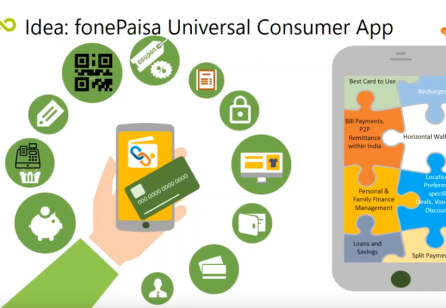



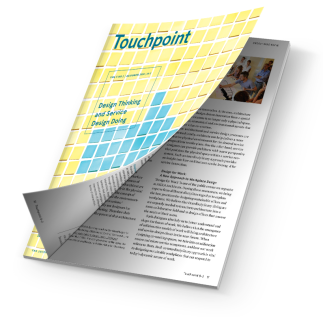
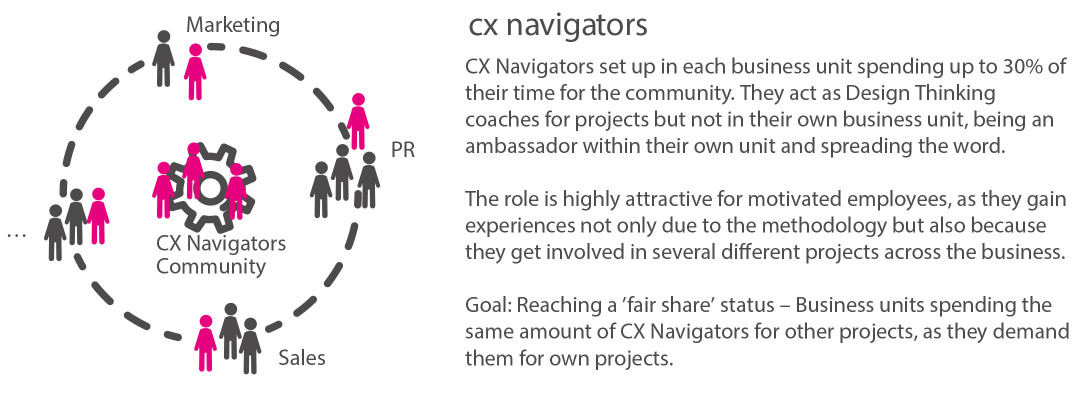
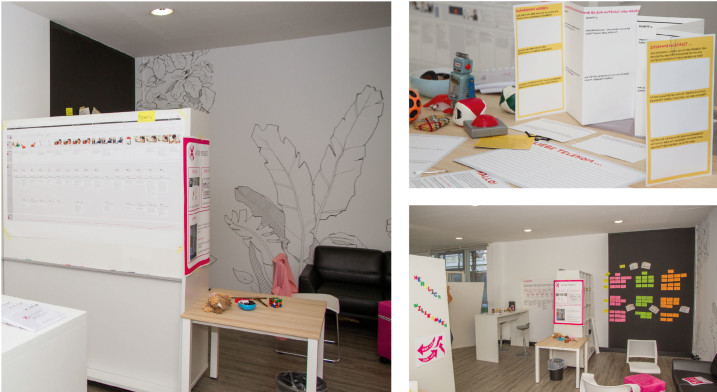
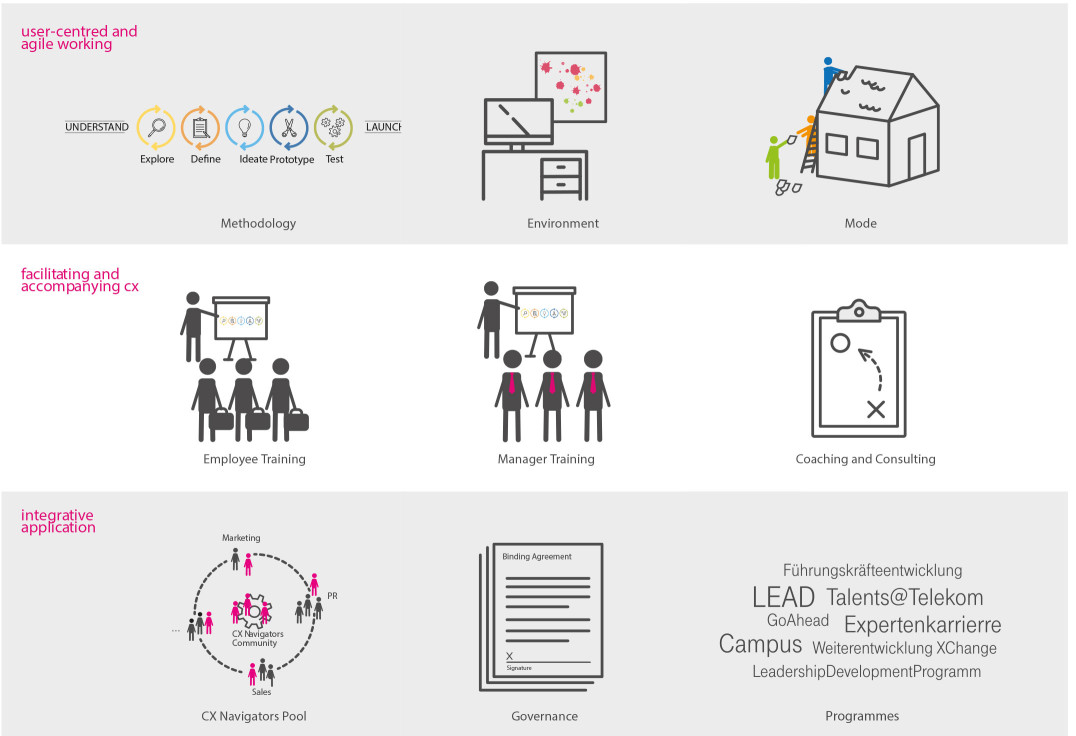


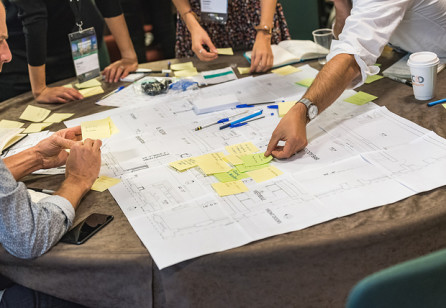
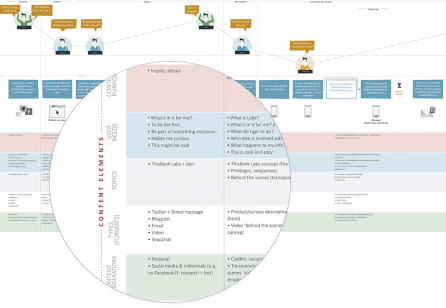
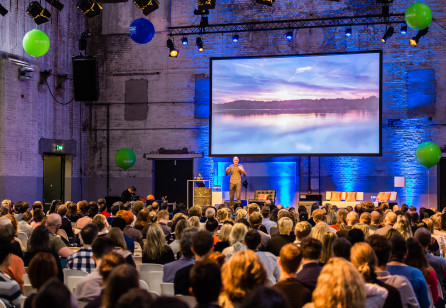

Share your thoughts
0 RepliesPlease login to comment